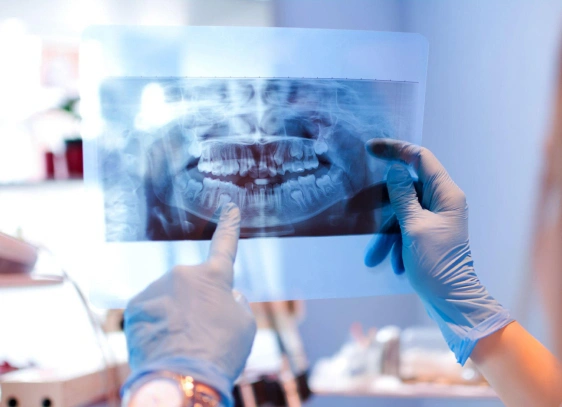
Benefits of Digital X-Rays in Pediatric Dentistry
Dental X-rays, also known as radiographs, play a vital role in identifying and addressing oral health issues in children. They allow pediatric dentists to detect concerns such as cavities, decay, misaligned teeth, bone injuries, and various dental diseases—many of which would go unnoticed during a visual exam alone.
The American Academy of Pediatric Dentistry (AAPD) supports the use of dental X-rays for diagnosing and managing conditions in children and teens. Although dental X-rays emit only minimal radiation, AAPD guidelines emphasize minimizing exposure by using X-rays only when necessary to protect young patients.
What Are Dental X-Rays Used For?
- Monitoring the space available for incoming permanent teeth
- Ensuring primary teeth fall out at the appropriate time
- Tracking the progression of bone-related conditions
- Diagnosing and monitoring cavities and decay
- Assisting in the planning of treatments, including orthodontics
- Detecting bone fractures, abscesses, or tumors
- Identifying impacted or un-erupted wisdom teeth
When Might Your Child Need Dental X-Rays?
The frequency of dental X-rays depends on your child's individual needs and risk factors.
- High-risk children, such as those prone to tooth decay or with orthodontic concerns like malocclusion, may need X-rays every six months for closer monitoring.
- Low- to average-risk children generally require X-rays every one to two years to evaluate the growth and development of their teeth and jaws, even if no immediate problems are visible.
- Following trauma or injury, immediate X-rays may be necessary to assess any damage and plan appropriate treatment.
Advancements in dental imaging technology allow for highly targeted X-rays that limit exposure while focusing precisely on the area of concern.
How Is Your Child’s Safety Ensured During X-Rays?
Dental X-rays are considered safe for children when proper precautions are followed. Your pediatric dentist will take several steps to minimize radiation exposure:
- Using protective lead aprons to shield your child’s body
- Employing high-speed film or digital sensors to reduce radiation doses
- Taking only necessary images based on clinical need and risk assessment
If you have any concerns or questions about your child’s dental X-rays, don’t hesitate to speak with your pediatric dentist. Your child’s safety and well-being are always the top priority.

